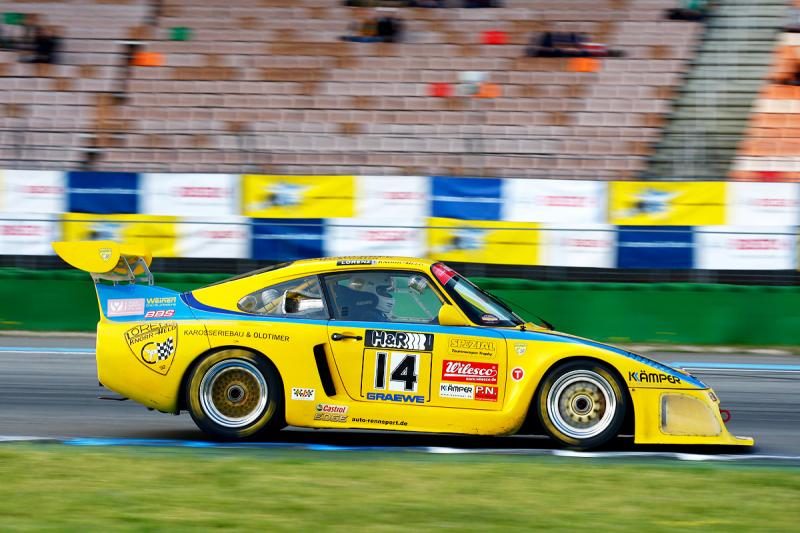The Special Touring Car Trophy has been an established name on the German motorsport scene since 1986. The STT continues to be very popular under the direction of Rolf Krepschik even 30 years after the series was founded. The impressive number of 42 season nominations confirms its positive development.
When the Special Touring Car Trophy was launched back in 1986, it was not foreseeable that the series would still exist even today. Porsche 935, BMW M1, Ford Escort or NSU TT – they were all no longer “officially” authorised for racing. ONS had remedied the situation to some extent with the creation of the H Group. At least some of them had found a new field of activity in the former Valvoline Sprint Cup, although it was a little monotonous to always be limited to the Nürburgring alone. Several enthusiasts therefore got together at the end of 1985 and laid the foundation for what would one day become the Special Touring Car Trophy.
There was initially a lot of scepticism as to whether providing the old Group 2 or Group 5 vehicles with a home would be a success. “Schrott wird flott” (“scrap is brought back to working order”) was the motto of a competition which was at the time advertised for children. In spite of all the doomsayers, there were over 50 cars on the starting grid at the first race in Zolder in the DTM framework programme. BMW M1, Porsche 935, BMW 320 or Simca Rallye 3 fought for points and trophies in three engine capacity classes. The first champion was Bergass Claus Dupré with his Audi Coupé. The Special Touring Car Trophy established itself once and for all in the second year. The starting fields were now so large that two separate races were held. The Big Bangers such as the ex-Stuck BMW M1 Turbo or Porsche 935 K3 raced in the big division. The fast 2-litre cars, which many fans still remembered from Group 5, also participated. Division 2 featured vehicles up to 1600 or 1300 ccm. Here, super fast vehicles such as VW Golf and VW Scirocco competed against VW Polo or Simca Rally 3. The number of participants steadily grew over the coming years. By the time the Special Touring Car Trophy started with both divisions together on Nürburgring’s Nordschleife as part of the 24-hour race, the series already boasted more than 100 vehicles.
New racing cars were added in the 90s. Richard Hamann in the BMW M1, Olaf Manthey in the Audi 200 or Erhard Günter in the Zakspeed Capri now put their stamp on the series. The middle of the boom period, however, saw the arrival of dark clouds on the horizon. Starter numbers were steadily declining. By 1996, the two divisions were history and the classes now raced together in one starting field. There had even been a major disaster before that. Ten years after its creation, the story of the Special Touring Car Trophy seemed to be over already. But the participants did not want to accept the cancellation of the series. Without further ado, they got together and saved the series from impending demise. One of them was Rolf Krepschik, who had single-handedly been pulling the series’ strings since 2001. The multiple STT champion steered the series back to calmer waters.
Since then, a new generation of vehicles and drivers has arrived. Modern GT3 racers as well as newer DTM cars and high-capacity V8 STAR vehicles have been playing the lead role for quite some time now. The resurrected Division II features the 2-litre turbo cars. But someone who was already on the starting grid at the first STT race in Zolder back in 1986 is still involved. When the Special Touring Car Trophy launches its new season at the Bosch Hockenheim Historic, Rolf Rummel will still be right there in the thick of things, even 30 years later. The STT record-breaking champion is getting stuck into the whole season – like almost every year. Looks like not quite everything has changed after all.
Text and image: Patrick Holzer






